
Art Nouveau is an international style in the visual arts
Art Nouveau is a multi-genre style that emerged through creative reinterpretation of the cultural heritage of the past. Its characteristic features include curved and wavy lines that give images grace and airiness. Clear contours, flowing forms, and dynamic patterns make Art Nouveau stylistically recognizable.
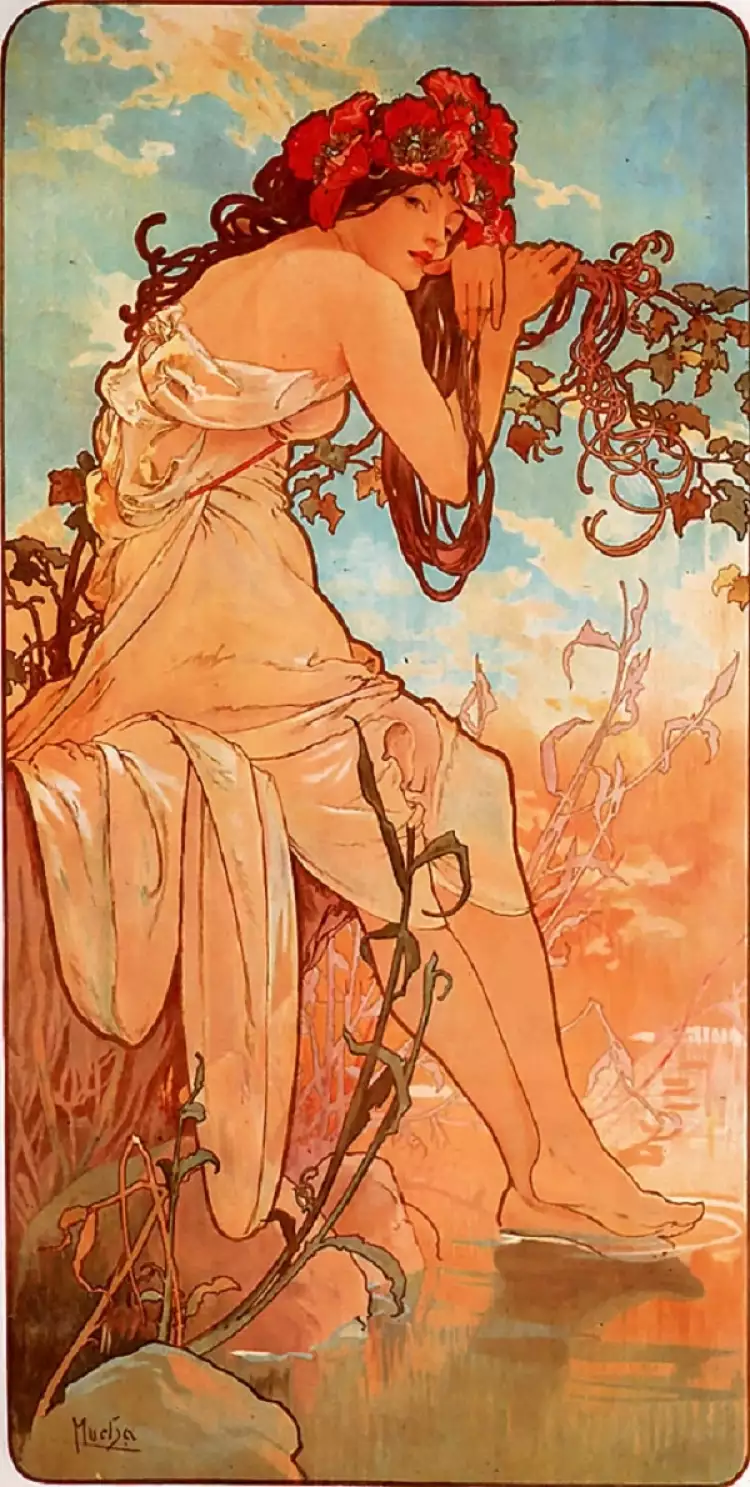 Art Nouveau. Alphonse Mucha. Autumn, 1896
Art Nouveau. Alphonse Mucha. Autumn, 1896
The Origins of Art Nouveau
Art Nouveau developed simultaneously in all European and American schools of painting, which led to differences in its definitions. The term "Art Nouveau" became established in France after a shop selling Eastern goods with this name opened in the center of Paris. In England, the term "modern style" was more commonly used, in Belgium, "Liberty style," in Germany, "Jugendstil." In Russia, the term "modern" became widely adopted.
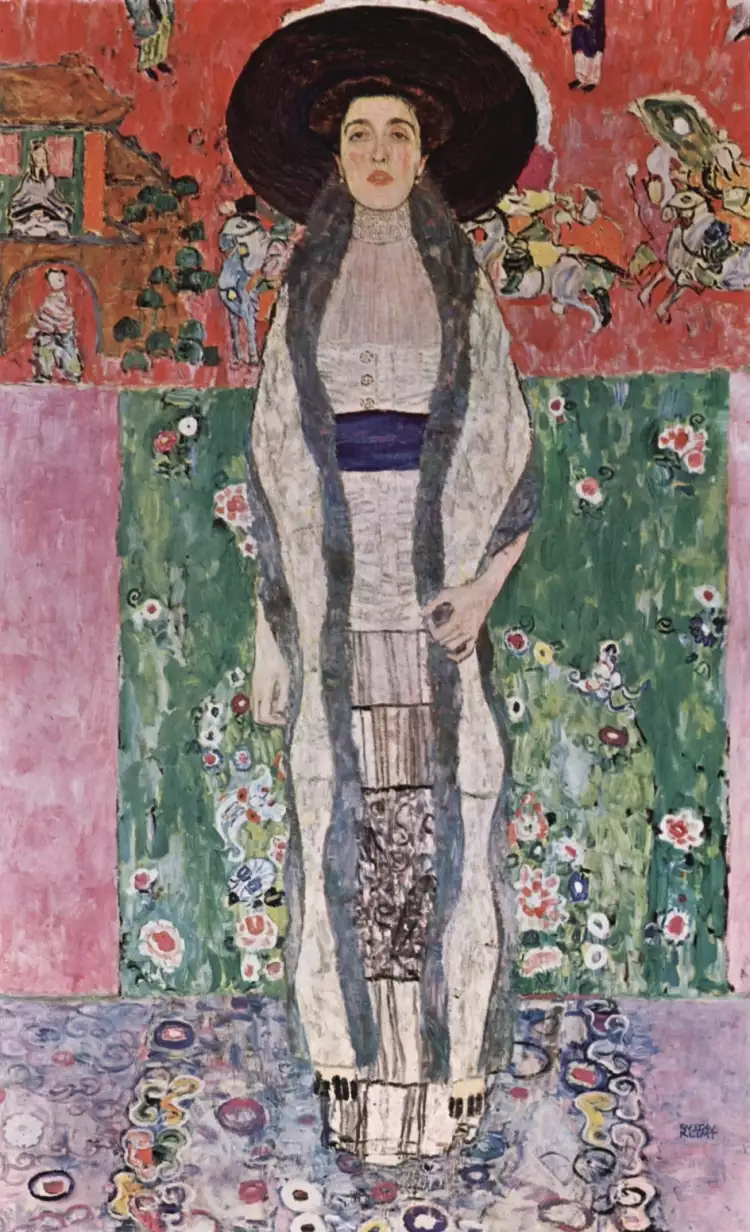 Art Nouveau. Gustav Klimt. Portrait of Adele Bloch-Bauer II, 1912
Art Nouveau. Gustav Klimt. Portrait of Adele Bloch-Bauer II, 1912
Art Nouveau absorbed the best traditions of Japanese prints: precise decorative lines, absence of unnecessary details, balance between the background and the main image. Curved lines and ornaments with elongated elements created a sense of movement. The rich world of plants and animals with an abundance of unusual forms provided an endless source of inspiration for decoration and artistic creativity.
Art Nouveau painting shares several common characteristics:
- Flatness of the drawing style.
- Contrasting color combinations.
- Fluid forms and whimsical silhouettes.
- Decorative nature of the images.
- Eastern motifs in subjects.
The English school of painting contributed to the development of this new style. Smooth contours, softened forms, and ornaments were already present in the work of the Pre-Raphaelites. Artist and art theorist John Ruskin was the first to call for a departure from the values of Victorian culture and a return to organic, natural forms typical of medieval craftsmen. The first example of Art Nouveau is considered to be the decoration of the "Peacock Room," created in 1877 by the Anglo-American artist James Whistler.
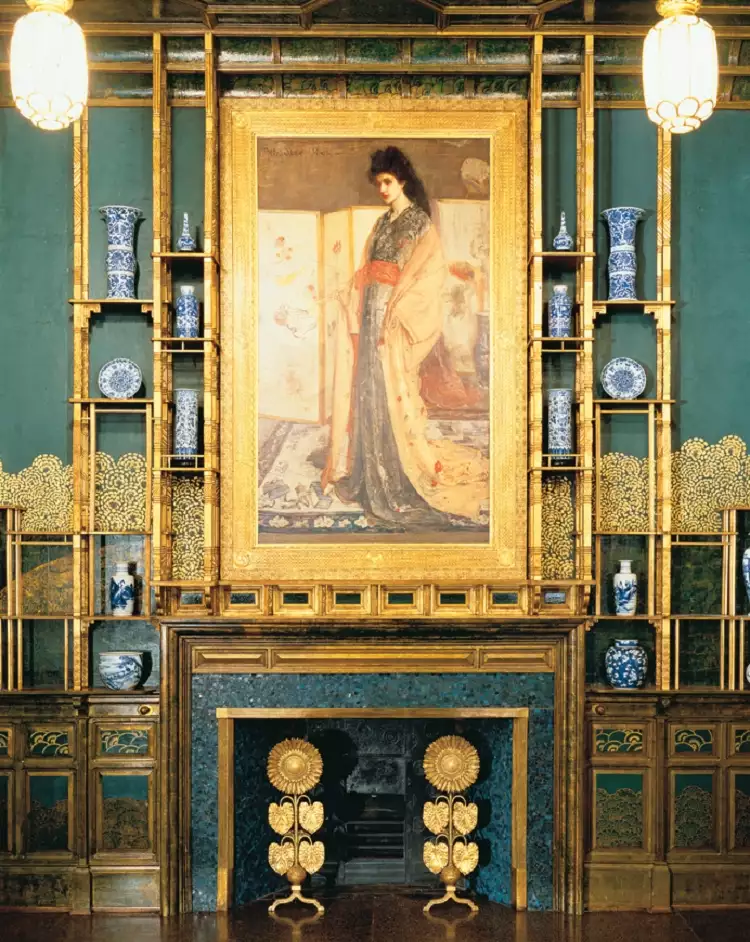 Art Nouveau. James Whistler. Rose and Silver: The Princess from the Land of Porcelain, 1863
Art Nouveau. James Whistler. Rose and Silver: The Princess from the Land of Porcelain, 1863
Art Nouveau: Paintings and Artists
At its early stages, the style primarily formed in graphic arts and applied arts. The birth of pictorial Art Nouveau happened in France and coincided with the decline of Impressionism. In the late 1880s, paintings with clear characteristics of this new movement began to appear. One such work is Vincent van Gogh's painting "Starry Night," in which the movement of celestial bodies resembles an ornament, and dynamic spiraling lines create a sense of motion.
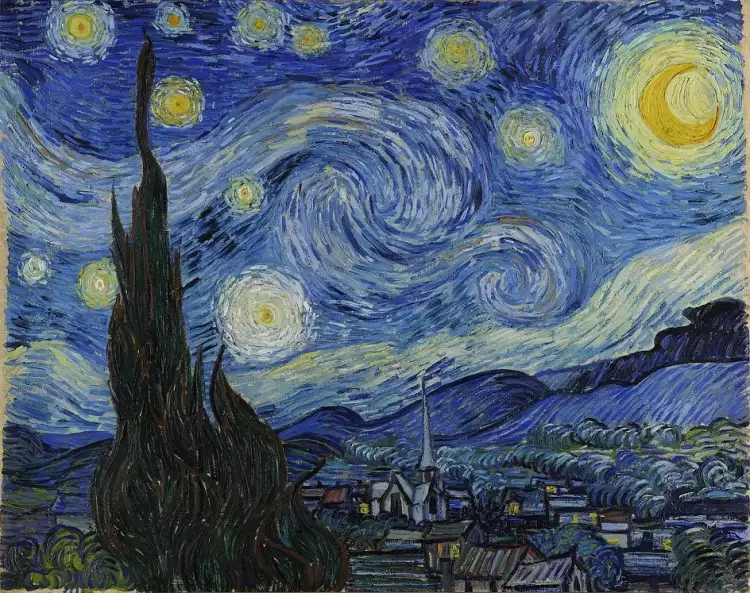 Art Nouveau. Vincent van Gogh. The Starry Night, 1889
Art Nouveau. Vincent van Gogh. The Starry Night, 1889
Paul Gauguin had a significant influence on the development of Art Nouveau, with his creative peak in the 1890s. This period includes the Tahitian series of paintings, which became a model of the master's mature style. Gauguin's masterpieces are characterized by pronounced decorative elements, accentuated contours, abundant flat areas filled with a single color. Ornamental elements are present everywhere – in clothing, objects, and the Tahitian landscape.
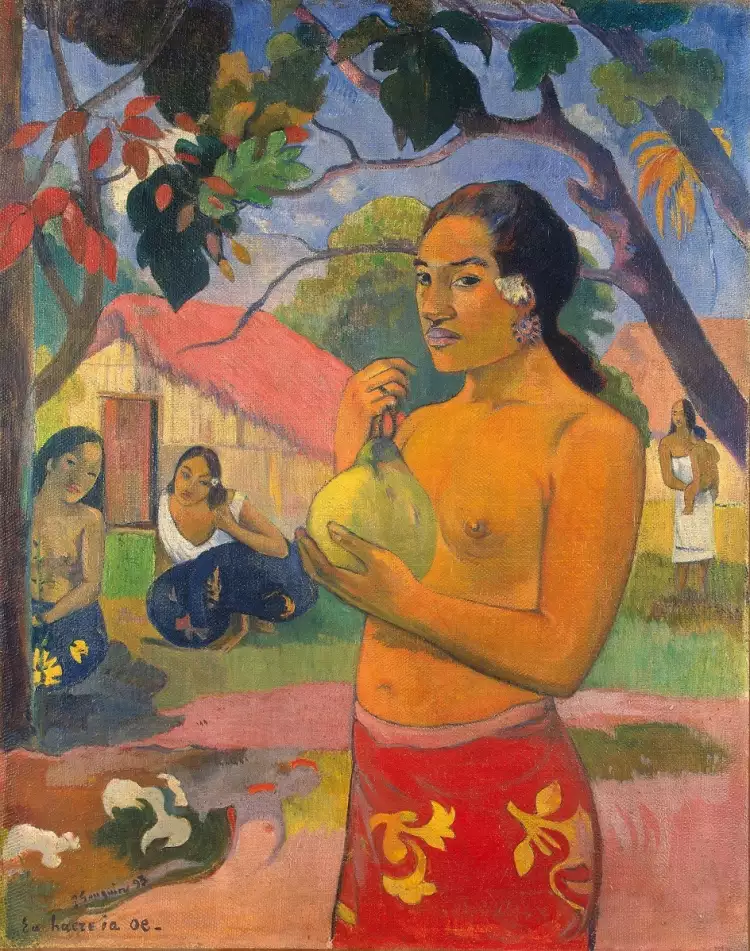 Art Nouveau. Paul Gauguin. Eu haere ia oe, 1893
Art Nouveau. Paul Gauguin. Eu haere ia oe, 1893
Austrian artist Gustav Klimt was passionate about design and architecture, which strongly impacted his work. Over time, figures in his works became extremely flat, and the background transformed into a mosaic-like pattern adorned with gold and intricate designs. The artist created mesmerizing and sensuous female figures.
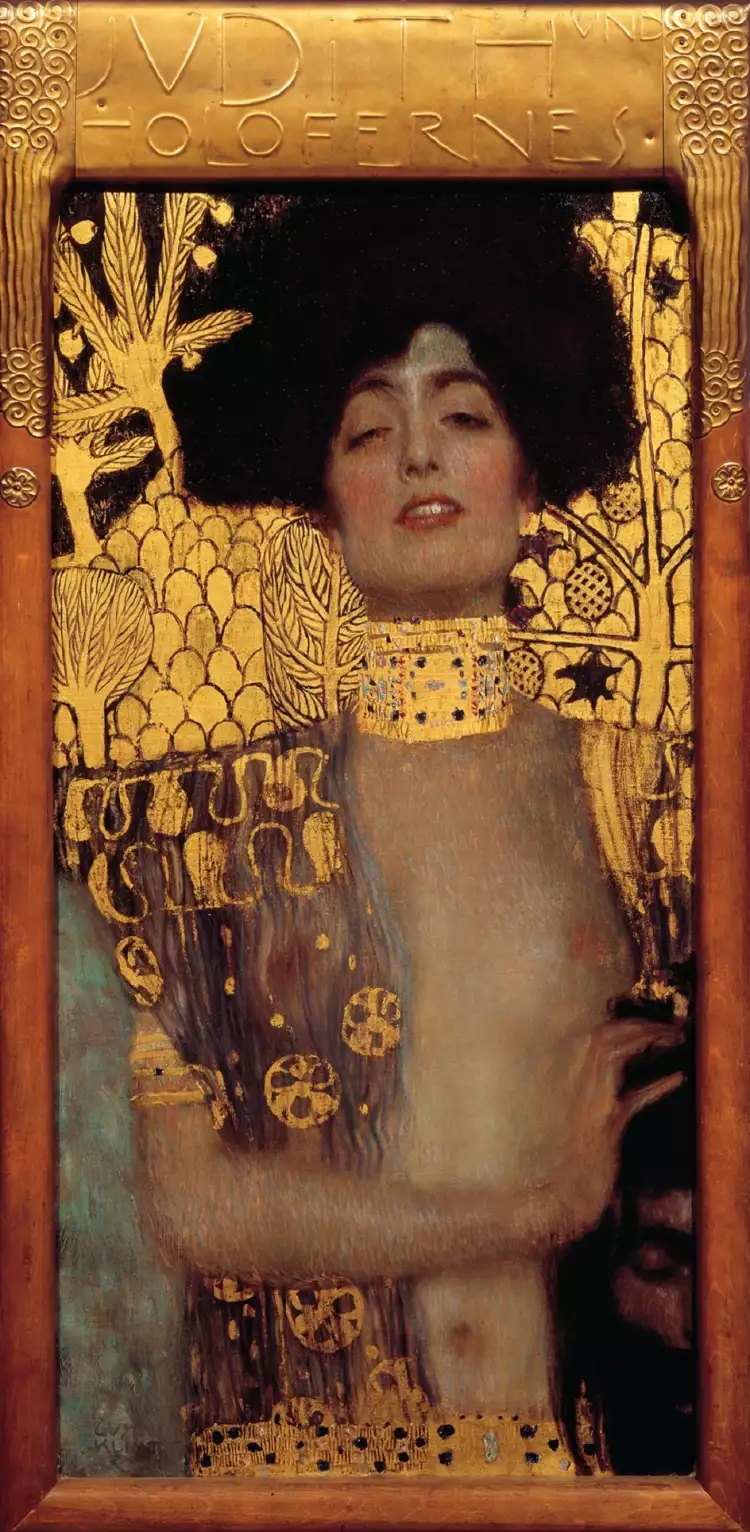 Art Nouveau. Gustav Klimt. Judith and the Head of Holofernes, 1901
Art Nouveau. Gustav Klimt. Judith and the Head of Holofernes, 1901
In the decorative panels of the Czech painter Alphonse Mucha, women are depicted surrounded by intricately intertwined flowers and plants. The artist's posters, with their exquisite color palette and complex spiraling patterns, enjoyed immense popularity.
Despite differences in techniques and methods, the work of Art Nouveau masters shares common features. Instead of small easel paintings, they aimed to create pictorial panels where the narrative was conveyed through color spots, linear rhythms, ornaments, emphasized silhouettes, and a strong decorative quality.
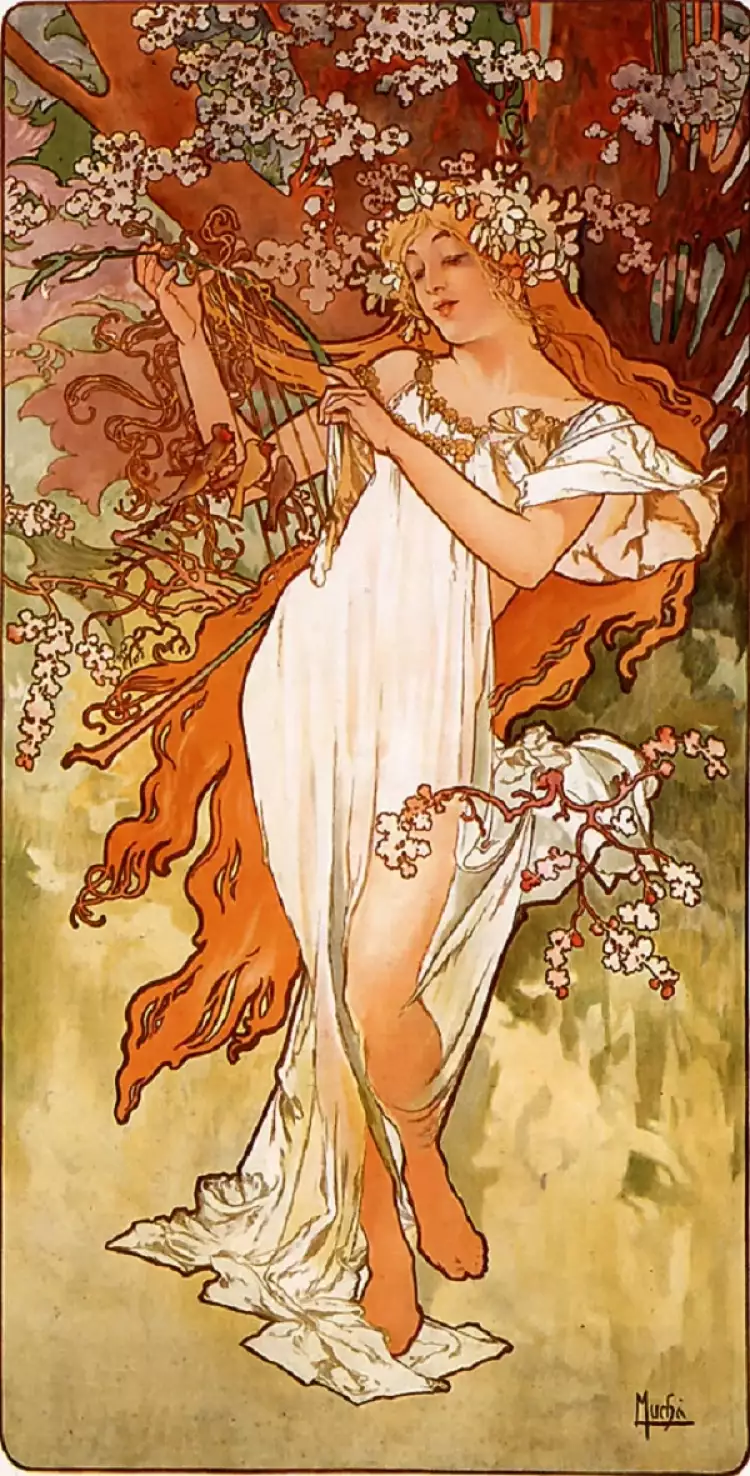 Art Nouveau. Alphonse Mucha. Spring, 1896
Art Nouveau. Alphonse Mucha. Spring, 1896
By 1910, Art Nouveau lost popularity and was gradually replaced by new artistic movements. Elements of the style can be found in contemporary painting and decorative arts today. The Very Important Lot antique auctions provide an opportunity to purchase paintings directly from the artists.
 Acrylic is a painting technique and a type of artistic paint: essence, history, advantages, application
Acrylic is a painting technique and a type of artistic paint: essence, history, advantages, application 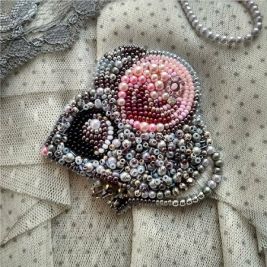 Application is a technique of decorative and applied art: essence, types, history
Application is a technique of decorative and applied art: essence, types, history 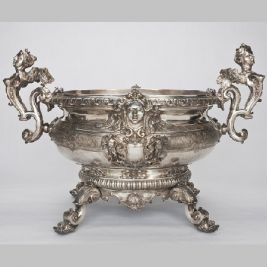 English Silver Tableware - History, Fashion, and Styles
English Silver Tableware - History, Fashion, and Styles 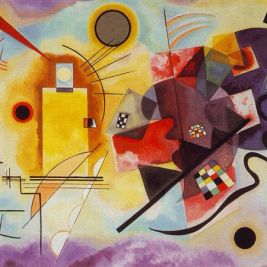 Avant-garde - the vanguard of the bold and resolute. Avant-garde styles in painting
Avant-garde - the vanguard of the bold and resolute. Avant-garde styles in painting 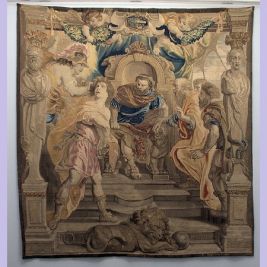 Tapestry - an exquisite handmade carpet with an ancient history
Tapestry - an exquisite handmade carpet with an ancient history 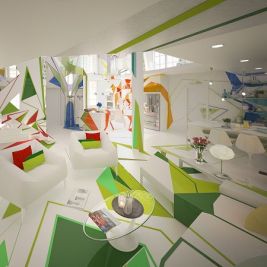 Expressionism in interior design - the style of freedom and youth
Expressionism in interior design - the style of freedom and youth 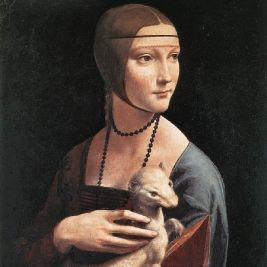 The top 10 most famous Italian artists - the greatest masters of painting in Italy of all time
The top 10 most famous Italian artists - the greatest masters of painting in Italy of all time 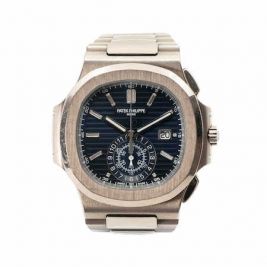 Wettmann Onlineauctionen: A Portal to Rare Antiques and Luxurious Treasures
Wettmann Onlineauctionen: A Portal to Rare Antiques and Luxurious Treasures 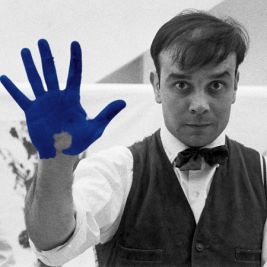 Yves Klein: biography, creative works, the best paintings of the French artist
Yves Klein: biography, creative works, the best paintings of the French artist 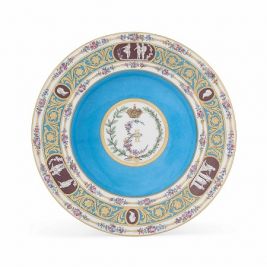 Sèvres porcelain
Sèvres porcelain